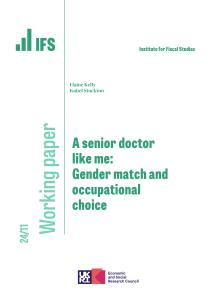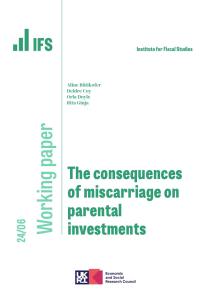Background
There is uncertainty around the health impact and economic costs of the recent slowing of the historical decline in cardiovascular disease (CVD) incidence and the future impact on dementia and disability.
Methods
Previously validated IMPACT Better Ageing Markov model for England and Wales, integrating English Longitudinal Study of Ageing (ELSA) data for 17,906 ELSA participants followed from 1998 to 2012, linked to NHS Hospital Episode Statistics. Counterfactual design comparing two scenarios: Scenario 1. CVD Plateau—age-specific CVD incidence remains at 2011 levels, thus continuing recent trends. Scenario 2. CVD Fall—age-specific CVD incidence goes on declining, following longer-term trends. The main outcome measures were age-related healthcare costs, social care costs, opportunity costs of informal care, and quality adjusted life years (valued at £60,000 per QALY).
Findings
The total 10 year cumulative incremental net monetary cost associated with a persistent plateauing of CVD would be approximately £54 billion (95% uncertainty interval £14.3-£96.2 billion), made up of some £13 billion (£8.8-£16.7 billion) healthcare costs, £1.5 billion (-£0.9-£4.0 billion) social care costs, £8 billion (£3.4-£12.8 billion) informal care and £32 billion (£0.3-£67.6 billion) value of lost QALYs.
Interpretation
After previous, dramatic falls, CVD incidence has recently plateaued. That slowdown could substantially increase health and social care costs over the next ten years. Healthcare costs are likely to increase more than social care costs in absolute terms, but social care costs will increase more in relative terms. Given the links between COVID-19 and cardiovascular health, effective cardiovascular prevention policies need to be revitalised urgently.
Introduction
The dramatic declines in cardiovascular disease (CVD) mortality in high income countries were a great success story of the late 20th century. However, since about 2011, that fall in CVD mortality stalled, with consequent slowing of improvements in life expectancy in England, Wales, United States and elsewhere. This plateauing of CVD mortality appears to be mainly due to slowing in CVD incidence declines, rather than slowing in case fatality improvements among patients treated for CVD . The underlying reasons for the mortality slowdown are disputed. However, adverse risk factor trends in obesity and type 2 diabetes, may now cancel out the benefit of declines in smoking and hypertension prevalence. Furthermore, although these trends have been repeatedly documented, their overall effects on health care spending are uncertain.
Reducing CVD and dementia incidence are key goals of the English National Health Service. Because smoking, diabetes, hypertension and obesity are shared risk factors for CVD and dementia, trends in their incidence are strongly related. Furthermore, CVD is a major risk factor for disability as well as dementia, and thus impacts both health care costs and social care costs. However, whether these changes in disease incidence will increase or decrease future health and social care costs is unclear. Increased disease incidence might raise survivor numbers and associated costs; but, conversely, increased mortality might reduce prevalence so that fewer people require care. However, understanding how these costs evolve will be crucial for healthcare planning.
This paper thus aims to fill a key gap in the literature. by modelling and forecasting the health impact and economic costs of the recent slowing of the decline in CVD incidence in England and Wales. We have therefore linked individual-level health care and social care costs for participants in the English Longitudinal Study of Ageing (ELSA). Health care cost estimates have long existed according to disease; however disaggregated social care cost estimates have only recently become available. We use a probabilistic health transition Markov model to forecast trends in diseases and how these epidemiological trends are likely to impact future spending. Our objective is to estimate inclusive economic costs, health and social care costs and quality-adjusted life years (QALYs) for the population in England and Wales from 2020 to 2029, and to estimate costs specifically attributable to CVD and dementia, as a consequence of the recent plateauing in CVD incidence rate. We have therefore compared two scenarios: 1. Assuming age-specific CVD incidence remains plateaued at 2011 levels, (continuing recent trends), or Scenario 2. Assuming age-specific CVD incidence continues to decline, following the longer-term trends, but only likely if CVD prevention policies are re-energised.












